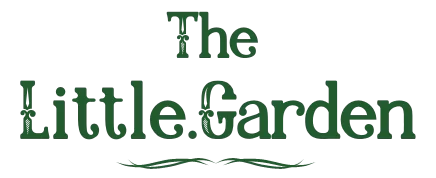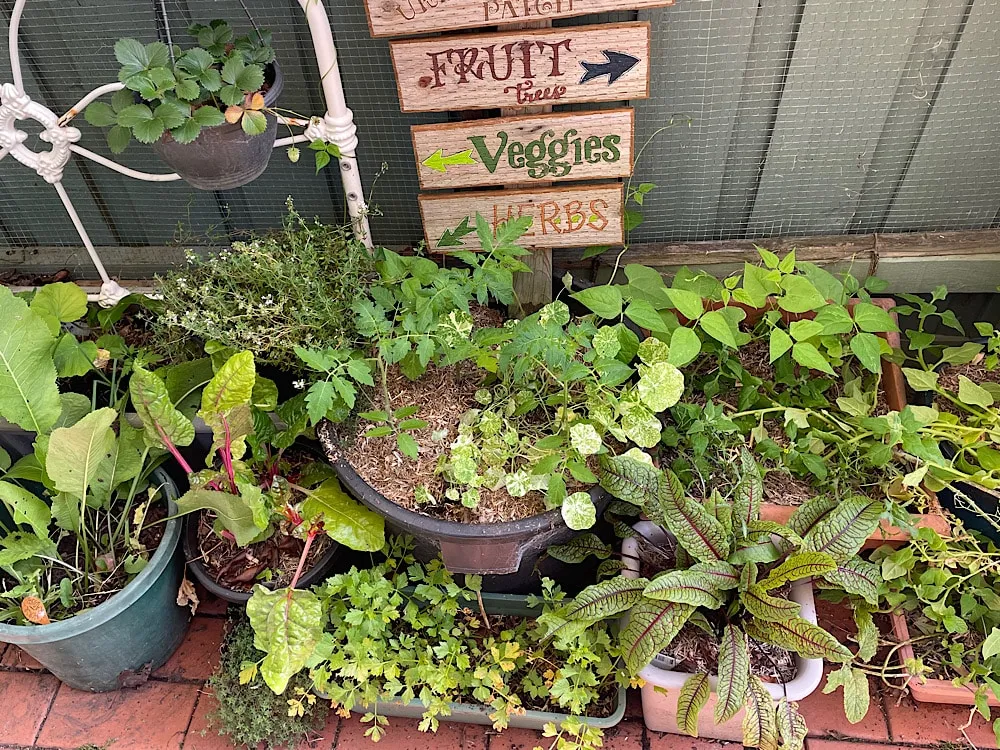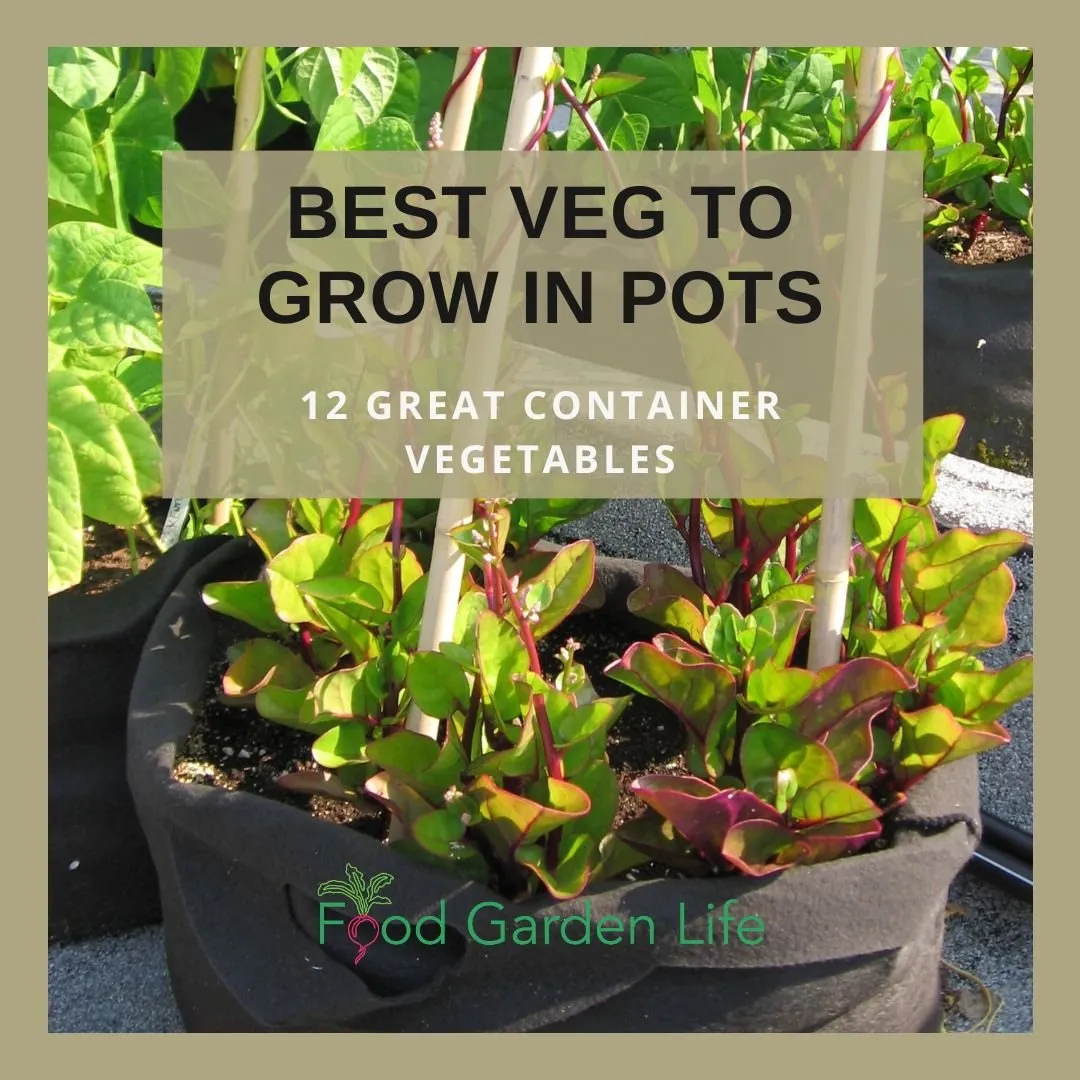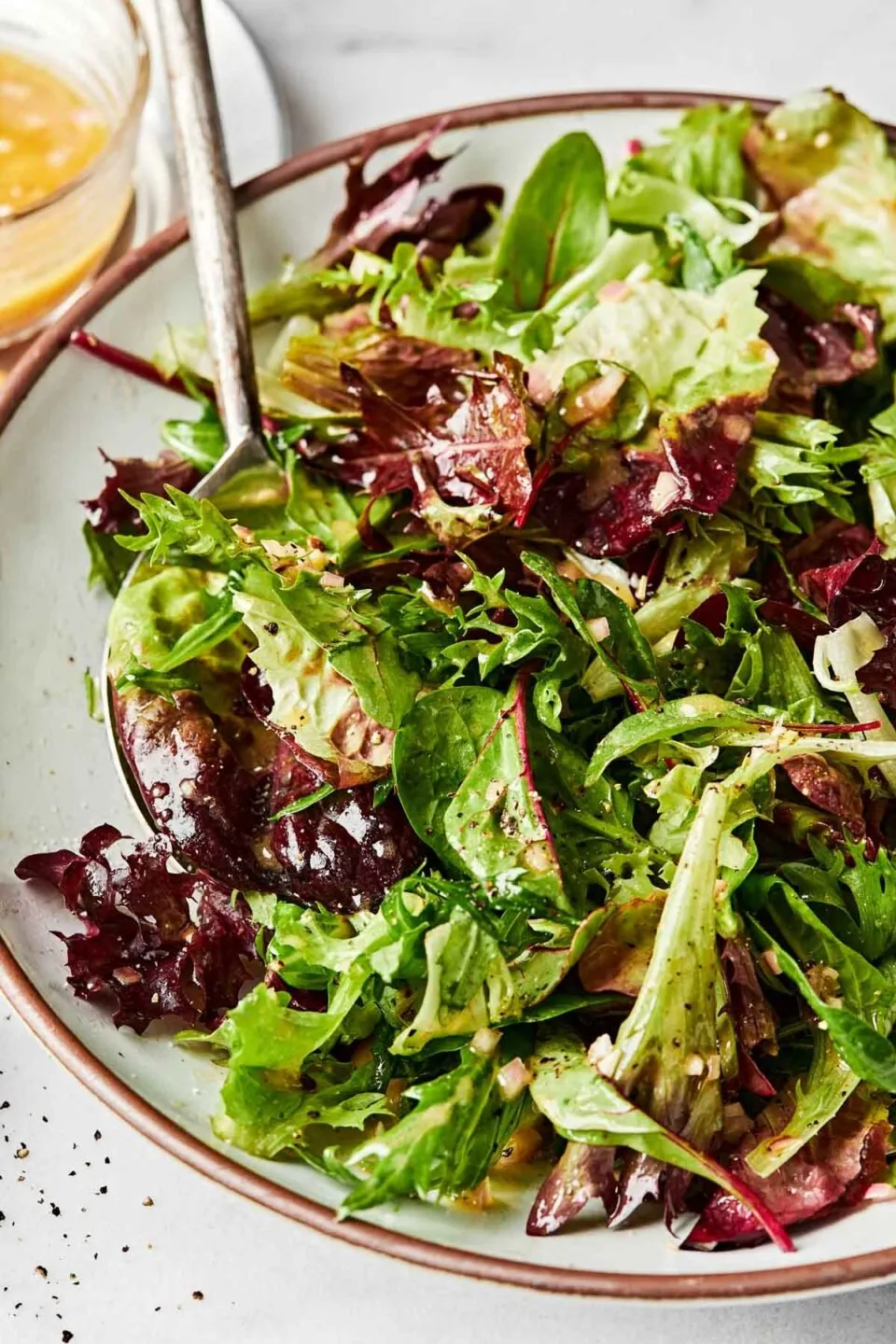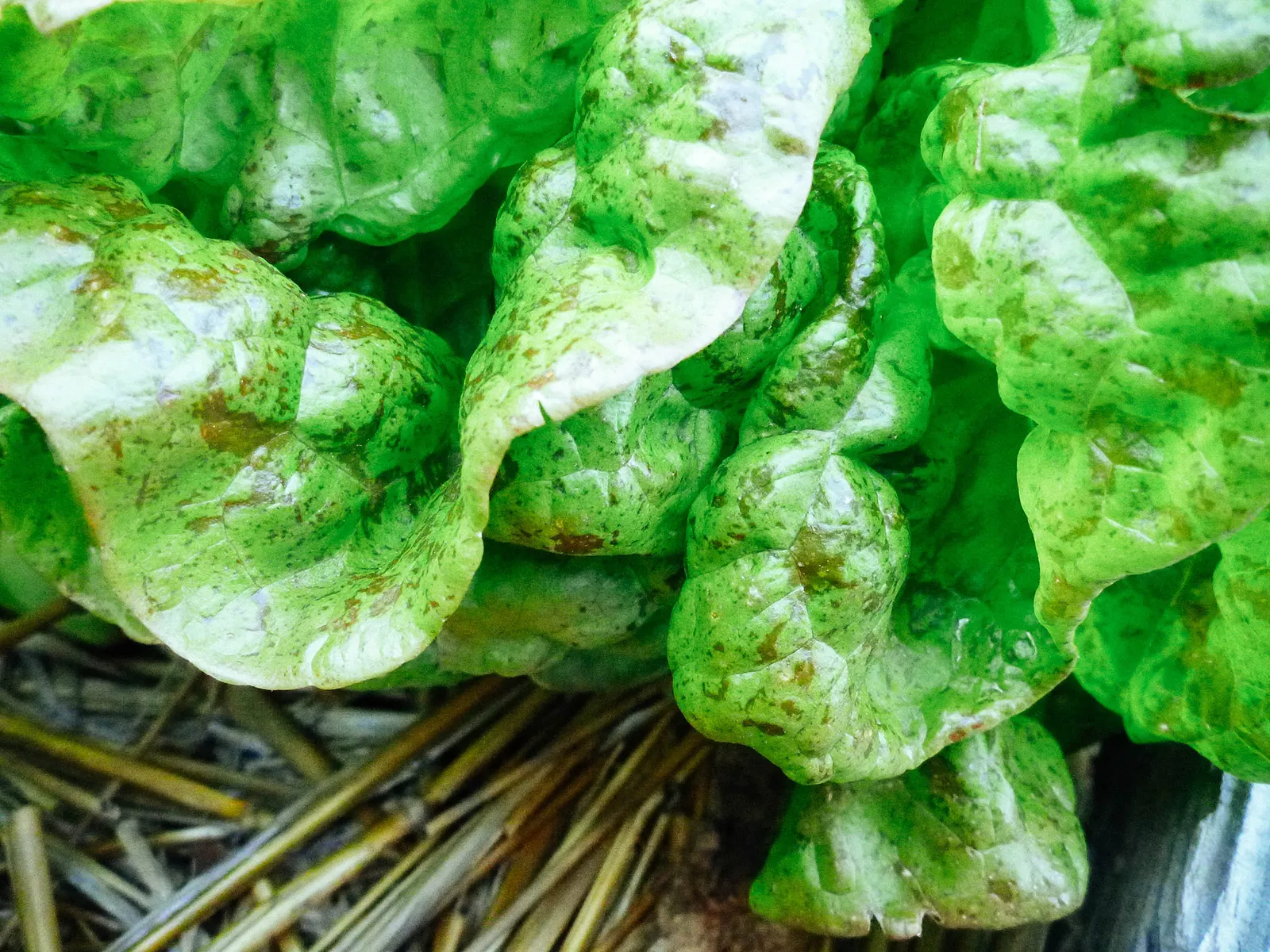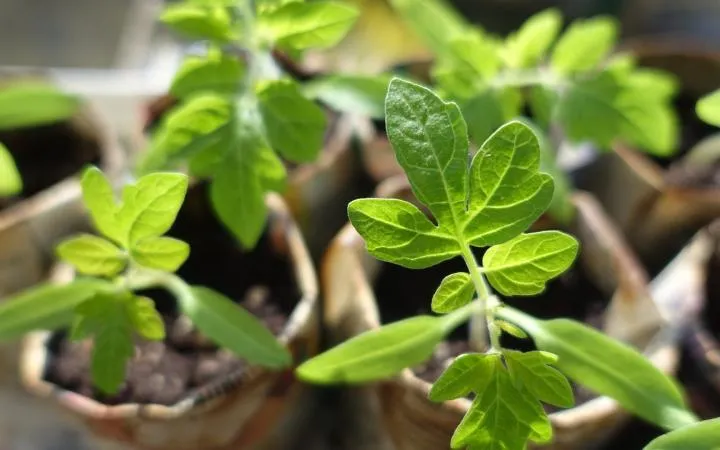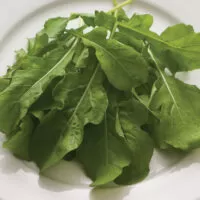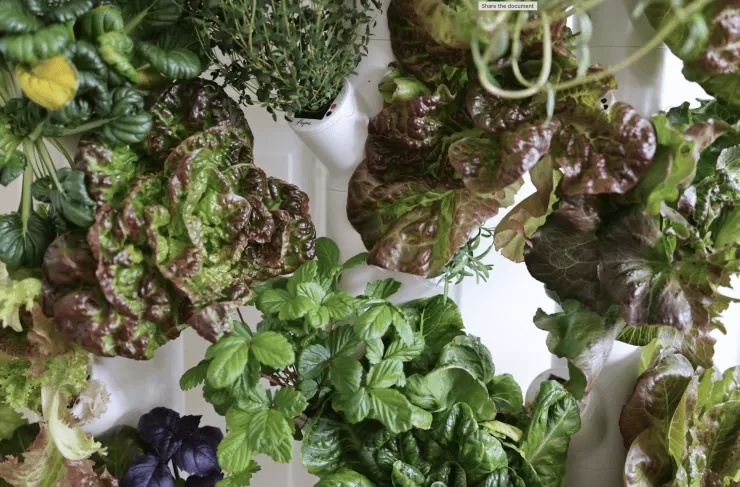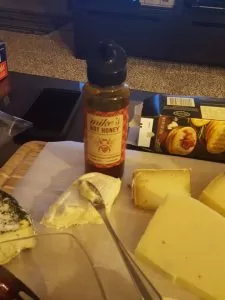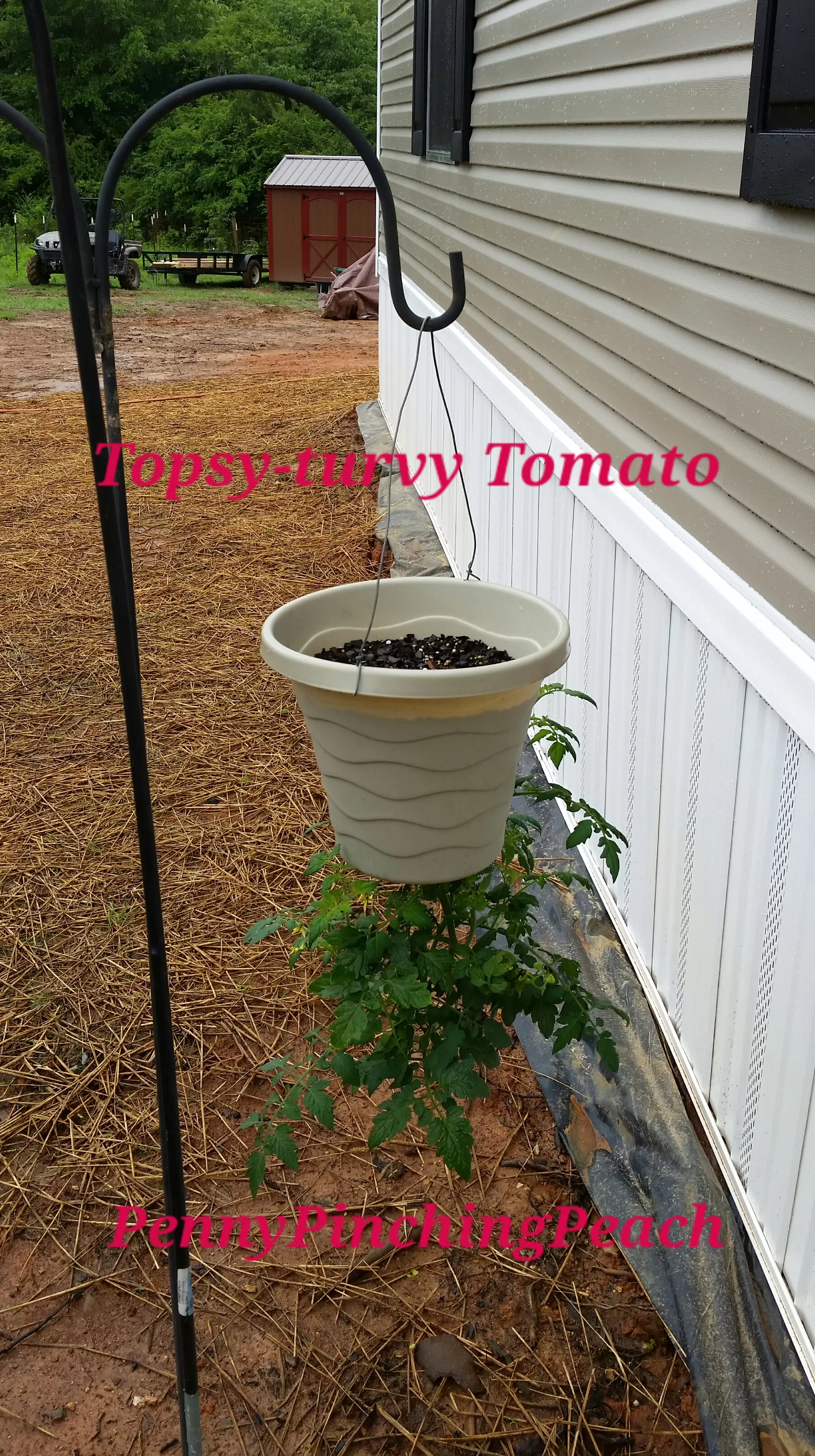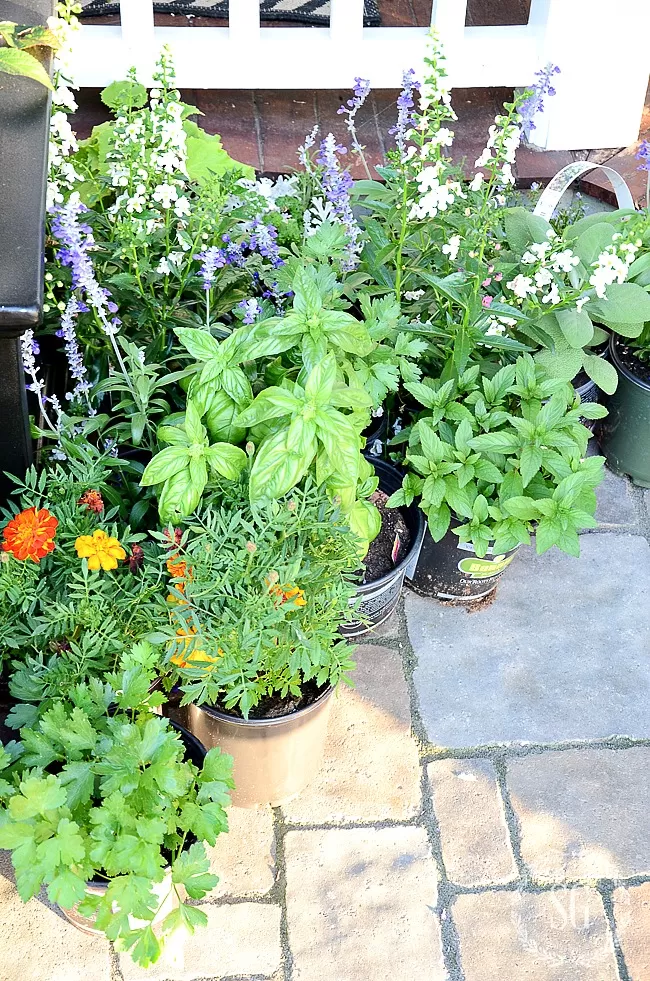- Edible flowers add flavor, texture, and color to food.
- Most edible flowers are annuals and thrive with proper care.
- Only certain flowers are edible, and be sure that they are not treated with harmful chemicals.
- There are a wide range of edible flowers, each with unique flavors.
Imagine transforming your dishes from ordinary to extraordinary simply by plucking a vibrant bloom from your garden. Edible flowers are a delightful way to add beauty, unique flavors, and intriguing textures to your culinary creations. Far more than just a pretty garnish, these versatile blossoms can become star ingredients in everything from salads and desserts to main courses and beverages. Adding edible flowers to your home garden or landscape not only provides a delicious harvest but also contributes to a more diverse and beautiful environment, attracting beneficial pollinators. This guide will help you discover the exciting world of edible flowers, from selecting safe varieties to growing them successfully and incorporating their delightful flavors into your kitchen.
Contents
- Cultivating a Delicious Landscape
- Safety First: Choosing and Preparing Edible Flowers
- Know Your Blooms: Edible vs. Non-Edible Parts
- Source Matters: Avoiding Pesticides
- Taste Test: Edible Doesn’t Always Mean Delicious
- Harvesting and Preparing Your Edible Blooms
- Popular Edible Flowers for Your Garden and Kitchen
- Bringing Your Garden to Your Table
Cultivating a Delicious Landscape
Integrating edible flowers into your garden design creates what’s often called an “edible landscape,” where beauty meets bounty. Combining ornamental favorites with vegetables, fruits, and edible flowers maximizes the functionality and appeal of your space. Peppery nasturtiums can perk up a salad, while tart calendula petals add a splash of color and a hint of spice. These floral ingredients transform simple meals into memorable experiences. Beyond the plate, many edible flowers are annuals that are easy to grow, providing continuous blooms and acting as vital food sources and habitats for pollinators like bees and butterflies throughout the season.
Most edible flowers are sun-lovers, thriving with 6 to 8 hours of direct sunlight daily. They generally do well in average garden soil or quality potting mix if grown in containers. Proper site selection and care are key to healthy plants and abundant blooms. While common garden pests can appear, they can often be managed with simple methods like hand-picking or a blast from the garden hose. If local wildlife is an issue, simple fencing can protect your precious blooms. Remember, while the garden center is a source, growing from seed or buying certified organic ensures your edible flowers are chemical-free and safe to eat.
Safety First: Choosing and Preparing Edible Flowers
While the idea of eating flowers is exciting, it’s crucial to approach it with caution and knowledge. Not all flowers are edible, and even with edible varieties, only certain parts may be safe to consume.
Know Your Blooms: Edible vs. Non-Edible Parts
It’s vital to correctly identify any flower before consuming it. Rely only on trusted sources like reputable gardening guides or university extension resources. Even if a plant is known to be edible, never assume all its parts are safe. Often, only the petals are edible, and it’s best to remove the bitter stamens and pistils (the reproductive parts) before eating.
 Diagram showing the parts of a flower, including stamen and pistil.
Diagram showing the parts of a flower, including stamen and pistil.
Think of rhubarb, for example. The stalks are delicious and safe when cooked, but the leaves contain toxic compounds and should never be eaten. Some plants naturally produce chemicals to deter pests, and these same chemicals can be harmful to humans. Always research thoroughly and never experiment with eating plant parts unless you are absolutely certain they are harmless. Consulting reliable references on poisonous plants is highly recommended. It’s also worth noting that, like any food, some individuals may have sensitivities or allergic reactions to plants considered safe. Start with small quantities when trying a new edible flower to see how your body responds.
Source Matters: Avoiding Pesticides
Where your edible flowers come from is just as important as identifying the correct species. You must ensure they have not been treated with harmful pesticides.
 Colorful daylily edible flowers blooming in a sunny home garden.
Colorful daylily edible flowers blooming in a sunny home garden.
Pesticides come in different forms: contact pesticides remain on the plant’s surface, while systemic pesticides are absorbed through the roots and distributed throughout the plant, making them impossible to wash off. For this reason, growing your own edible flowers from seed in clean soil is the safest option. If buying plants from a garden center or nursery, choose those labeled “certified organically grown” or specifically ask if they have been treated with any chemicals, especially systemic ones. Avoid using flowers from florists (which are often heavily treated) or those picked from roadsides or areas where chemical spraying may occur. If transplanting nursery plants, gently remove as much original soil from the root ball as possible and plant them in clean, untreated soil.
Taste Test: Edible Doesn’t Always Mean Delicious
The term “edible” simply means a food is safe to consume. It doesn’t guarantee a pleasant taste. Some edible flowers, like certain varieties of lavender, can have a strong, bitter, or astringent flavor best used sparingly as a garnish. The flavor of a flower can also vary depending on the specific species, cultivar, growing conditions, and even the time of day it’s picked.
 Large pale yellow squash blossom, a popular edible flower.
Large pale yellow squash blossom, a popular edible flower.
Don’t be afraid to taste a small piece before incorporating a new flower into your dish. Just because a flower is edible doesn’t mean you’ll enjoy its flavor, or that it will pair well with your recipe. Approach edible flowers like any new ingredient – start small, taste as you go, and learn which flavors complement different foods.
Harvesting and Preparing Your Edible Blooms
For the best flavor and texture, harvest flowers the day you plan to use them, ideally in the morning after the dew has dried. Pick only as many as you need. Gently wash fresh flowers under cool running water or by swishing them in a bowl of water, then lay them on paper towels to air dry. If you need to store them briefly, place them in a single layer between damp paper towels inside a sealed container in the refrigerator.
Before using, carefully remove any green parts attached to the petals (the calyx) and the white base of the petals, as these can often be bitter. As mentioned earlier, remove stamens and pistils from larger flowers like squash blossoms or tulips, as they can be tart or have an undesirable texture. When serving fresh flowers, add them to your dish just before serving to maintain their vibrant appearance and delicate structure.
Popular Edible Flowers for Your Garden and Kitchen
Ready to start exploring? Here is a list of some popular edible flowers, along with their flavors and common uses. Accurate plant identification is crucial, so always confirm the scientific name when acquiring plants or seeds to ensure you have an edible variety. The scientific name is the most reliable way to be sure you have the correct species.
- Alpine Strawberry (Fragaria vesca var. vesca)
- Anise Hyssop (Agastache foeniculum)
- Apple or Plum (Malus spp.)
- Flavor/Use Notes: Flowers offer a delicate, sweet, floral taste. Use as a garnish or candied.
- Arugula (Eruca sativa or Diplotaxis tenuifolia)
- Flavor/Use Notes: Both flowers and leaves have a spicy, peppery kick. Use sparingly, as the leaves become more bitter after flowering.
- Bachelor Buttons (Centaurea cyanus)
- Basil (Ocimum spp.)
- Flavor/Use Notes: Flowers taste similar to the leaves, reflecting the basil variety (sweet, lemon, spicy). Use fresh in salads or as a garnish.
- Beebalm (Monarda didyma)
- Borage (Borago officinalis)
- Flavor/Use Notes: Star-shaped flowers taste distinctly like cucumber. Excellent in salads, drinks, or frozen in ice cubes. Note: May have a diuretic effect in large amounts.
- Calendula (Calendula officinalis)
- Flavor/Use Notes: Petals are slightly bitter and often used more for their vibrant color (a saffron substitute) than strong flavor. Add to rice, soups, or baked goods.
- Chamomile, German (Matricaria chamomilla) & Roman (Chamaemelum mobile)
- Flavor/Use Notes: Both have a lovely apple-like scent and flavor, perfect for calming teas (fresh or dried).
- Chives (Allium schoenoprasum)
- Flavor/Use Notes: Purple blossoms taste like mild onion or garlic. Separate florets and sprinkle on salads, soups, potatoes, or dips.
- Coriander (Coriander sativum)
- Flavor/Use Notes: Flowers share the complex flavor of the leaves and seeds, with hints of citrus, spice, and herbs.
- Cuban Oregano (Plectranthus amboinicus)
- Flavor/Use Notes: Flowers and leaves have a strong, pungent oregano flavor.
- Dandelion (Taraxacum officinale)
- Flavor/Use Notes: Young flowers have a sweet, honey-like taste; older flowers can be bitter. Best used when fully open but before going to seed. Note: Only harvest from areas confirmed free of pesticides or herbicides.
- Daylily (Hemerocallis spp.)
- Flavor/Use Notes: Flower buds taste like green beans; open flowers have a milder, slightly sweet flavor. Use petals in salads, frittatas, or dips. Dried buds are used in some Asian dishes. Note: Flavor varies by cultivar.
- Dill (Anethum graveolens)
- Flavor/Use Notes: Flowers have a milder dill flavor than the leaves or seeds. Use in pickling, dips, fish dishes, or as a garnish.
- Elderberry (Sambucus caerulea)
- Flavor/Use Notes: Sweetly flavored and scented flowers are often used in fritters, pancakes, or brewed into a fragrant tea. Caution: Cook flowers and berries only; remove all stems, leaves, and bark. Raw or unripe parts can cause digestive upset.
- Fennel (Foeniculum vulgare)
- Flavor/Use Notes: Flowers have a gentle anise or licorice flavor. Add to fish or salads. Note: Seeds may cause contact dermatitis in some individuals.
- Greek Oregano (Origanum heracleoticum)
- Flavor/Use Notes: Flowers have a spicy, green flavor similar to the leaves.
- Hibiscus (Hibiscus rosa-sinensis)
- Flavor/Use Notes: Mild, tangy cranberry-citrus flavor. Used to add a vibrant red color and tartness to teas and beverages.
- Hops (Humulus lupulus)
- Flavor/Use Notes: The cone-like flowers (“hops”) are essential for brewing beer, contributing bitterness and aroma.
- Hyssop (Hyssopus officinalis)
- Flavor/Use Notes: Flowers have a slightly bitter taste, sometimes compared to tonic water. Use sparingly.
- Lavender (Lavandula angustifolia or L. officinalis)
- Flavor/Use Notes: Use very sparingly due to strong, perfumed flavor which can become bitter. Enhances sweet or savory dishes with fragrance. Used in desserts, baked goods, teas, and herb blends like herbes de Provence.
- Lemon (Citrus limon)
- Flavor/Use Notes: Flowers are highly fragrant with a distinct citrusy sweetness. Use as a garnish or to infuse liquids.
- Lemon Balm (Melissa officinalis)
- Flavor/Use Notes: Flowers and leaves have a gentle, refreshing lemon scent and flavor, ideal for teas, fruit salads, or desserts.
- Lemon Verbena (Aloysia citriodora)
- Flavor/Use Notes: Highly aromatic flowers and leaves provide an intense lemon flavor for teas, syrups, and baking.
- Lilac (Syringa spp.)
- Flavor/Use Notes: Flavor varies greatly by cultivar, from mild to a true floral lilac taste. Use in ice cream, pastries, or soft cheeses.
- Linden (Tilia spp.)
- Mexican Oregano (Lippia graveolens)
- Flavor/Use Notes: Flowers offer a milder oregano flavor than the leaves, suitable for Mexican or Italian cuisine.
- Mint (Mentha spp.)
- Flavor/Use Notes: Flowers taste like the specific mint variety (peppermint, spearmint). Use as garnish or in teas, fruit dishes, and cocktails.
- Nasturtium (Tropaeloum majus)
- Flavor/Use Notes: Both flowers and leaves have a vibrant peppery, slightly spicy flavor, similar to watercress or radish. Excellent added fresh to salads.
- Oregano (Origanum vulgare)
- Flavor/Use Notes: Flowers have a milder version of the classic oregano flavor, with light minty and thyme notes.
- Pansy (Viola spp.)
- Flavor/Use Notes: Mild, slightly grassy, fresh flavor. Beautiful in salads or crystallized on desserts. Note: Dark colors may temporarily tint the tongue.
- Pea (Pisum sativum)
- Flavor/Use Notes: Flowers have a delicate floral, pea-like sweetness. Use fresh in salads or as a garnish.
- Pineapple Sage (Salvia elegans)
- Flavor/Use Notes: Flowers are sweet with a unique fruity, minty flavor and a hint of spice. Great in fruit salads, drinks, or as garnish.
- Pinks (Dianthus caryophyllus)
- Flavor/Use Notes: Spicy, clove-like flavor. Remove the bitter white base of the petals. Use in salads, sorbets, or drinks.
- Red Clover (Trifolium pratense)
- Flavor/Use Notes: Flowers are sweet and can be brewed into a tea or used fresh in moderation. Note: Flowers are not easily digestible, consume sparingly.
- Rose (Rosa rugosa alba, R. rugosa, R. damascena, R. gallica)
- Flavor/Use Notes: Use petals, removing the bitter white base. Flavor is highly fragrant and floral. Use in syrups, jams, baked goods, or as garnish. Rose hips (seed heads) are also edible and high in vitamin C.
- Rosemary (Rosmarinus officinalis)
- Flavor/Use Notes: Flowers have a milder rosemary flavor than the leaves. Sprinkle on savory dishes, salads, or soups.
- Sage (Salvia elegans)
- Flavor/Use Notes: Flowers share the savory, slightly peppery flavor of the leaves. Use fresh or dried on poultry, pasta, or in salads.
- Scarlet Runner Beans (Phaseolus coccineus)
- Flavor/Use Notes: Bright red flowers are edible and have a mild bean flavor. Use fresh. Young pods are also edible.
- Scented Geraniums (Pelargonium spp.)
- Flavor/Use Notes: Flower flavors vary widely depending on the variety (rose, lemon, mint, orange, etc.). Use flowers and leaves to infuse sugar, jellies, butter, cakes, or tea.
- Signet Marigold (Tagetes signata)
- Flavor/Use Notes: Flower petals have a spicy, slightly citrusy, tarragon-like flavor. Caution: Use in moderation; large amounts may be harmful.
- Squash (Curcurbita spp.)
- Flavor/Use Notes: Delicate, mild, slightly sweet flavor. Male flowers (on thin stalks) are most commonly used. Often stuffed with cheese and fried or baked. Note: Remove stamens and pistils before cooking.
- Sweet Marjoram (Marjorana hortensis)
- Flavor/Use Notes: Flowers and leaves have a warm, spicy, slightly sweet flavor.
- Sweet Woodruff (Galium odoratum)
- Flavor/Use Notes: Tiny white flowers have a sweet, vanilla-like flavor, enhanced by drying the leaves. Used in desserts or beverages like May Wine. Caution: Contains coumarin, a blood thinner. Do not consume if taking anticoagulant medication.
- Thyme (Thymus vulgaris)
- Flavor/Use Notes: Flowers have the same flavor as the leaves but are milder. Sprinkle on salads or savory dishes.
- Tuberous Begonia (Begonia x tuberhybrida)
- Flavor/Use Notes: Flower petals have a refreshing, tangy citrus flavor. Use in salads or as a garnish. Note: Check specific variety, not all begonias are edible.
- Tulip (Tulipa spp.)
- Flavor/Use Notes: Petals have a mild flavor reminiscent of peas or beans. Use in salads or with soft cheeses. Note: Ensure correct identification; avoid eating any part of bulbs.
- Yucca (Yucca spp.)
- Flavor/Use Notes: Flowers have a slightly sweet, mild flavor. Can be sautéed, boiled, roasted, or added to soups and salads. Note: Remove inner reproductive parts before cooking.
Bringing Your Garden to Your Table
Adding edible flowers to your garden is a rewarding endeavor that enhances both the beauty and the bounty of your space. With careful selection, proper sourcing, and mindful preparation, you can safely enjoy a vibrant palette of flavors and colors straight from your backyard. Start with a few easy-to-grow favorites like nasturtiums or pansies and experiment with adding them to your meals.
Explore the possibilities that edible flowers offer – from a simple salad garnish to infused oils, flavored sugars, or even baked into treats. They truly connect the joy of gardening with the pleasure of cooking.
Have you grown or cooked with edible flowers before? Share your experiences or favorite varieties in the comments below! Or, if you’re looking for more ways to make your garden delicious and beautiful, explore other articles on our site.
